The fusion of ASMR and music has emerged as one of the most intriguing developments in sensory entertainment over the past decade. What began as a niche internet phenomenon has now evolved into a sophisticated art form, blending the tingling sensations of autonomous sensory meridian response (ASMR) with the emotional depth of musical composition. This hybrid experience is redefining relaxation, focus, and even therapeutic soundscapes, offering listeners a unique way to unwind or concentrate.
The roots of ASMR trace back to whispered conversations and delicate sounds, but its marriage with music has unlocked new creative possibilities. Artists and producers are experimenting with binaural beats, soft instrumentation, and layered vocals to craft tracks that not only please the ear but also trigger the gentle, euphoric chills associated with ASMR. The result is a genre that feels intimate, almost tactile, as if the sounds are being whispered directly into the listener’s mind.
One of the most compelling aspects of ASMR-infused music is its ability to cater to diverse needs. Some listeners seek it out for sleep aid, where the combination of slow tempos and whispering voices creates a lullaby-like effect. Others use it to enhance focus during work or study, as the subtle, rhythmic patterns help drown out distractions without overwhelming the senses. Unlike traditional music, which often demands attention, ASMR music operates on a subconscious level, gently guiding the listener into a desired mental state.
The production techniques behind this genre are as fascinating as the experience itself. Many creators use specialized microphones to capture the minutiae of sound—the brush of fingers against fabric, the crisp tap of nails on a surface—and layer these elements with ambient pads or minimalist piano melodies. The use of 3D audio technology further enhances immersion, making it feel as though the sounds are moving around the listener’s head. This meticulous attention to detail transforms ordinary noises into something profoundly soothing.
Critics might argue that ASMR music lacks the complexity of classical or contemporary genres, but this overlooks its intentional simplicity. The power of these compositions lies in their restraint. A single, sustained note paired with the faintest whisper can evoke stronger emotions than a full orchestral arrangement. It’s a reminder that music doesn’t always need grandeur to resonate deeply; sometimes, the quietest moments speak the loudest.
Beyond its entertainment value, ASMR music is gaining recognition for its therapeutic potential. Early studies suggest that it may help reduce anxiety and improve sleep quality, though research is still in its infancy. For now, the anecdotal evidence is overwhelming, with countless listeners reporting profound relaxation and stress relief. As mental health awareness grows, so too does the demand for accessible, non-pharmaceutical coping mechanisms, and ASMR music fits neatly into this space.
The future of ASMR music is ripe with possibilities. We’re already seeing collaborations between mainstream artists and ASMR creators, as well as live performances designed to deliver the same tingling sensations as recorded tracks. Virtual reality could take this even further, allowing listeners to step inside fully immersive soundscapes. What began as an internet curiosity has blossomed into a legitimate artistic movement—one that challenges our understanding of how sound can affect the mind and body.
Whether you’re a longtime ASMR enthusiast or a curious newcomer, there’s never been a better time to explore this evolving genre. From ambient sound baths to whispered covers of popular songs, the fusion of ASMR and music offers something for everyone. It’s a testament to the endless creativity of sound artists and the universal human desire for comfort, connection, and a little bit of magic in our daily lives.
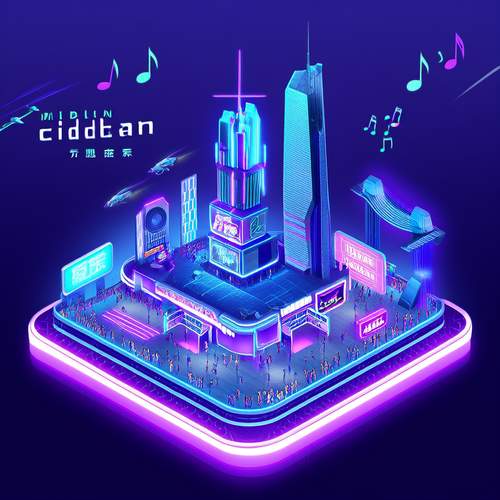
By /May 30, 2025

By /May 30, 2025
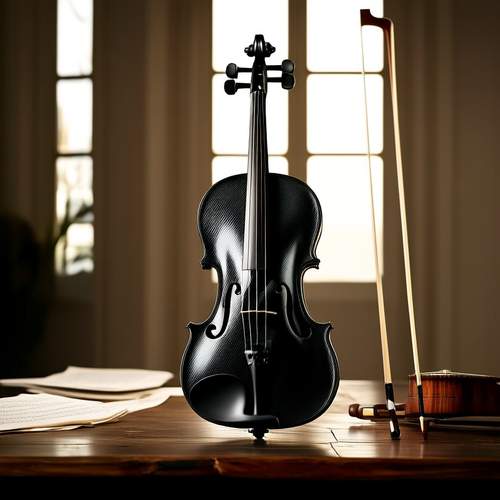
By /May 30, 2025

By /May 30, 2025

By /May 30, 2025
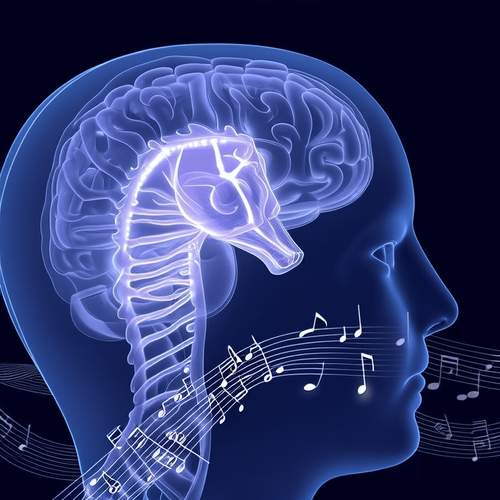
By /May 30, 2025
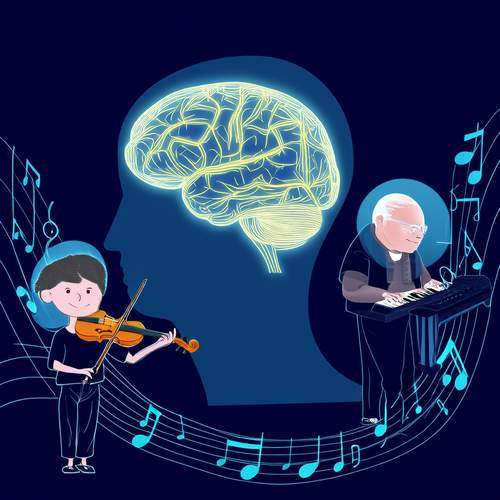
By /May 30, 2025

By /May 30, 2025

By /May 30, 2025

By /May 30, 2025

By /May 30, 2025
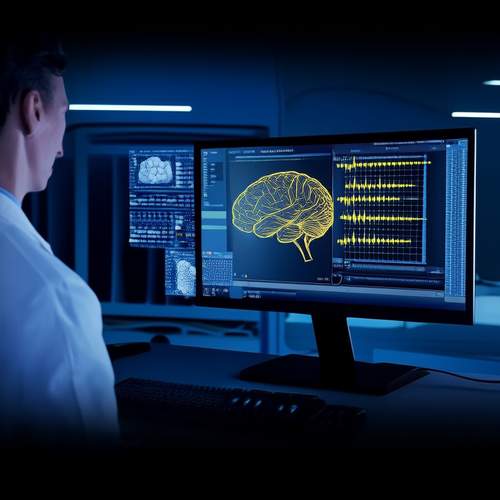
By /May 30, 2025

By /May 30, 2025
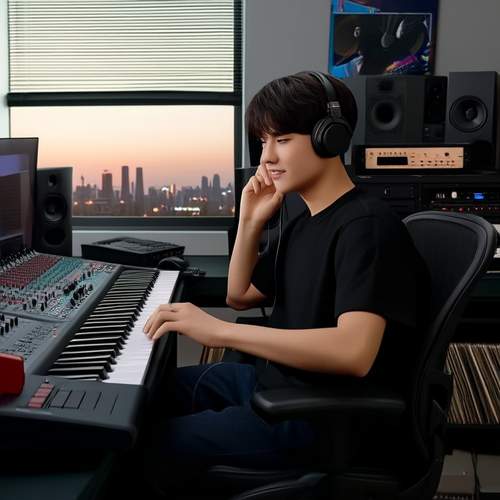
By /May 30, 2025

By /May 30, 2025

By /May 30, 2025
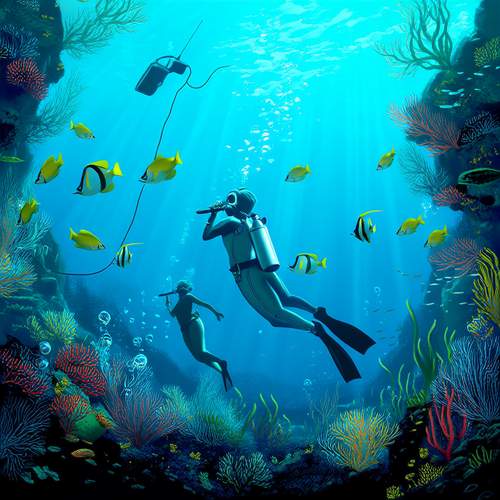
By /May 30, 2025

By /May 30, 2025
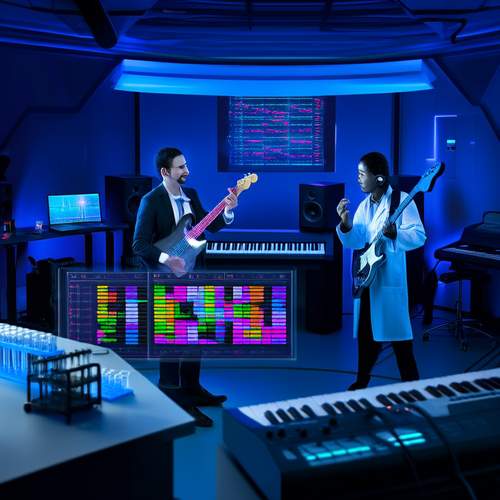
By /May 30, 2025